We sure have had a very white Christmas this year. The snow has made everything especially Christmassy just the way we like it.
There is no denying that the snow has made the Advent and Yuletide extra festive this year.
We sure have had a very white Christmas this year. The snow has made everything especially Christmassy just the way we like it.
There is no denying that the snow has made the Advent and Yuletide extra festive this year.
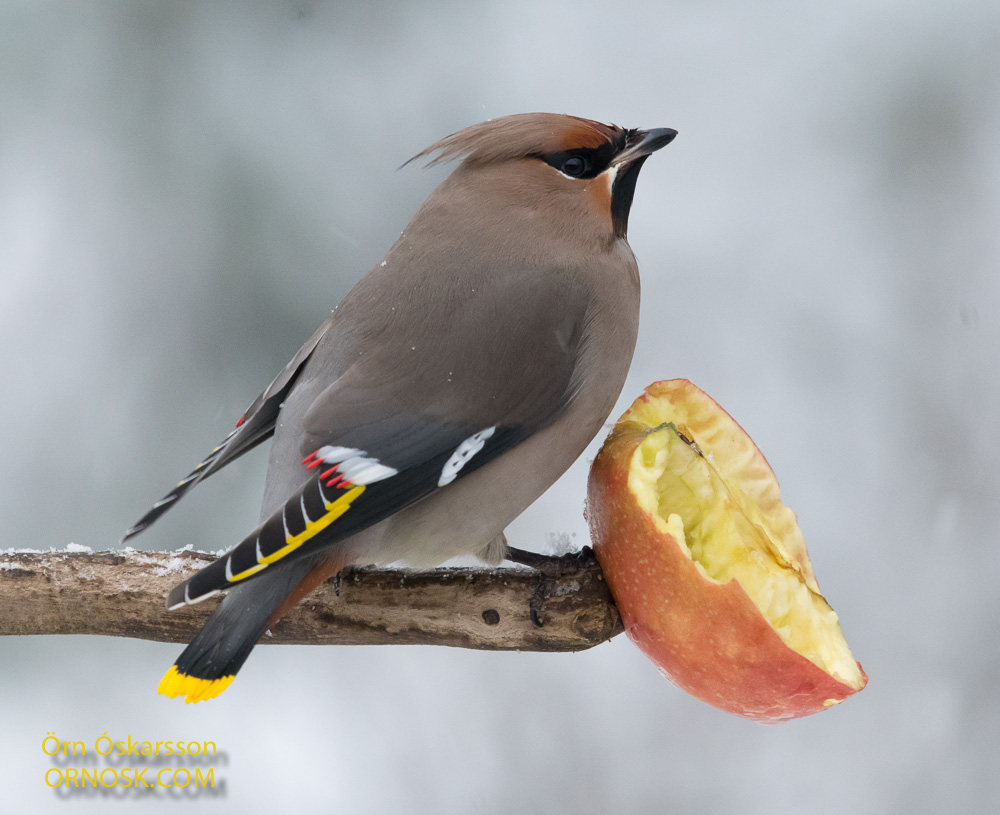
The garden has been teeming with birds this Christmas. Some very rare visitors that we don’t see every year. Keeping them fed has been one of the Christmas chores and a happy one.
Three Bohemian Waxwings have decorated the garden with their stay. Their beautiful colours are hard to match.
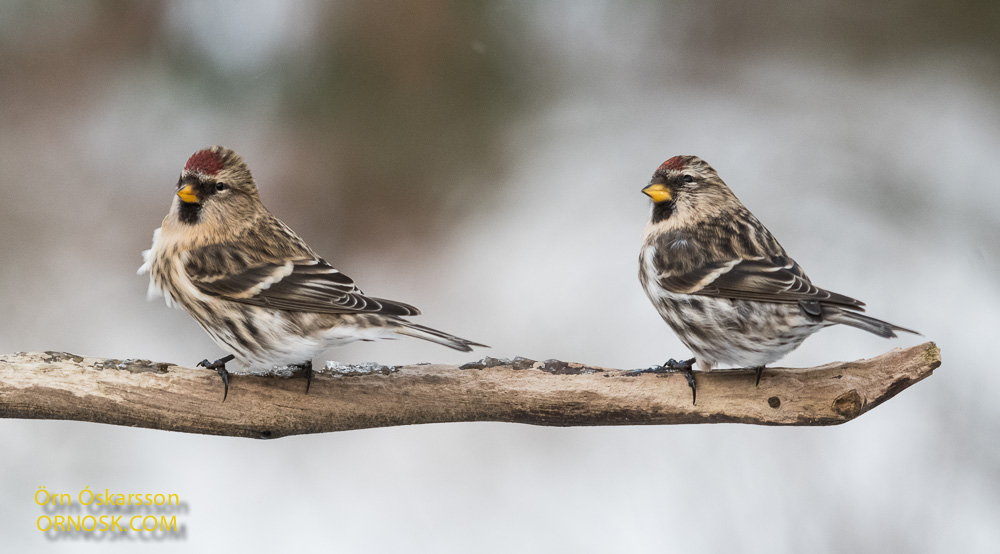
Redpolls stay with us most of the year and in winter they are never far away. There have been at least 20 – 25 every day.
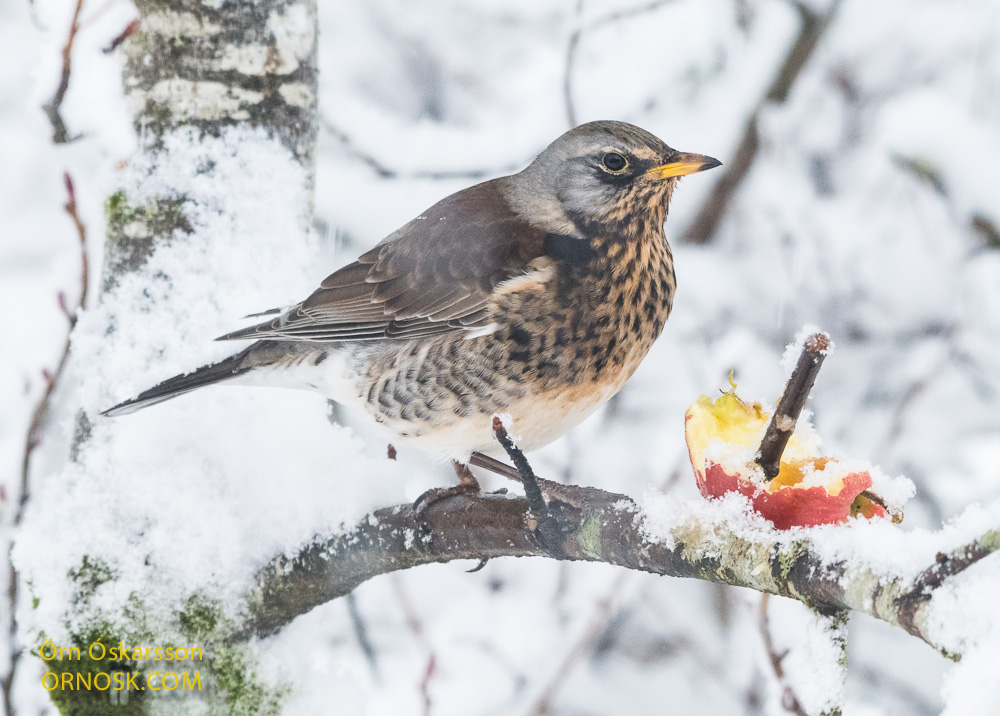
Fieldfares very seldom grant us the favour of a visit at Christmas. Now we have had four of them most days. They are quite dominating and find it hard to share food with the others.
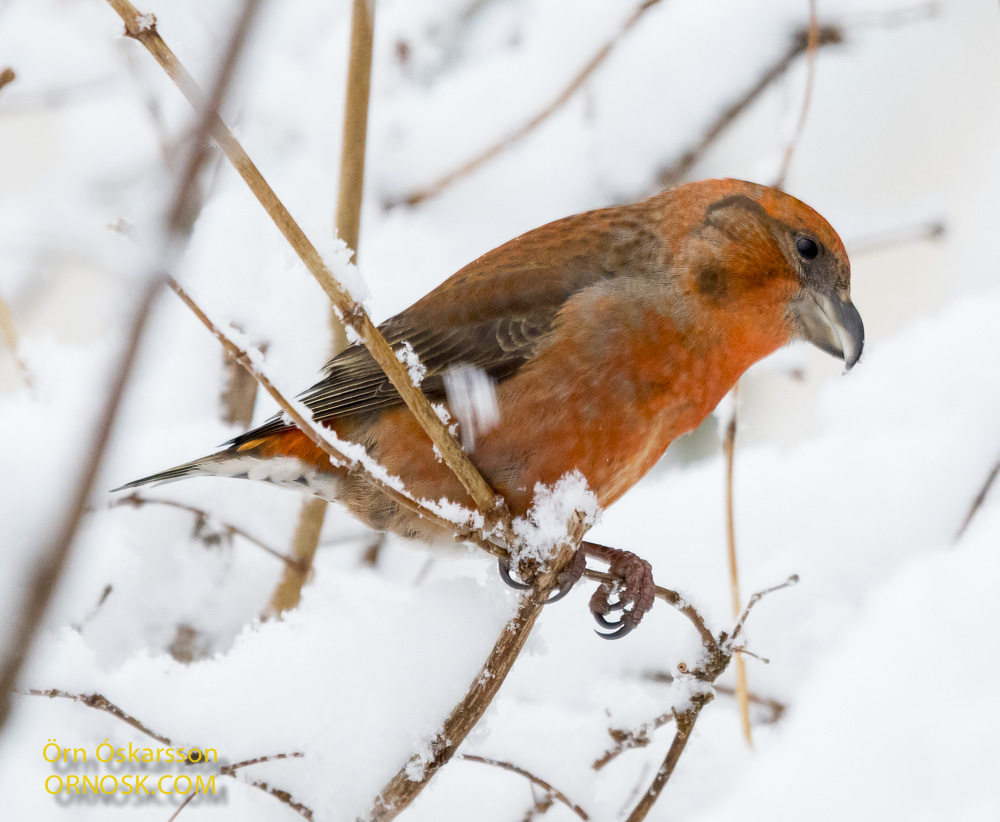
The Crossbills are peaceful birds and their lovely colours make them stand out now when everything is covered in snow. Five of them have come here to feed daily and mingle with the other visitors.
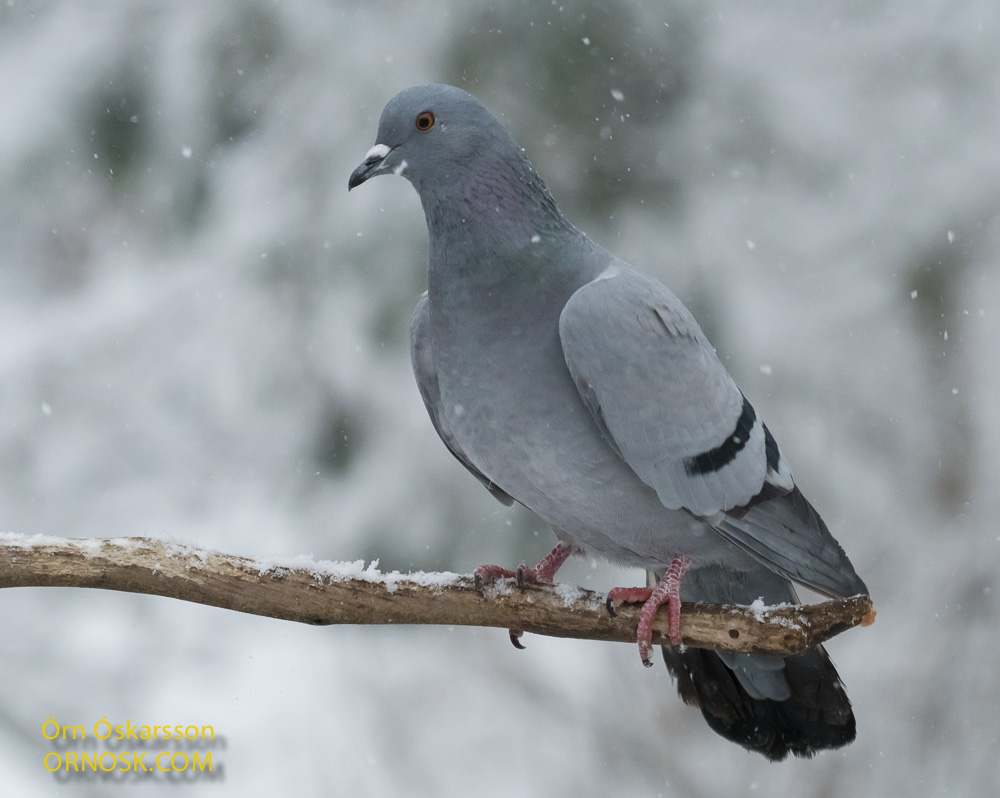
Now Rock Doves are becoming more and more common here in the garden and they make good use of the sunflower seeds that we put out. They are here in the dozens and we are sad to admit that we sometimes wish they would go somewhere else once in a while.
Other birds in the garden are Redwings, Blackbirds, Snow Buntings, Starlings and one very Christmassy Robin.
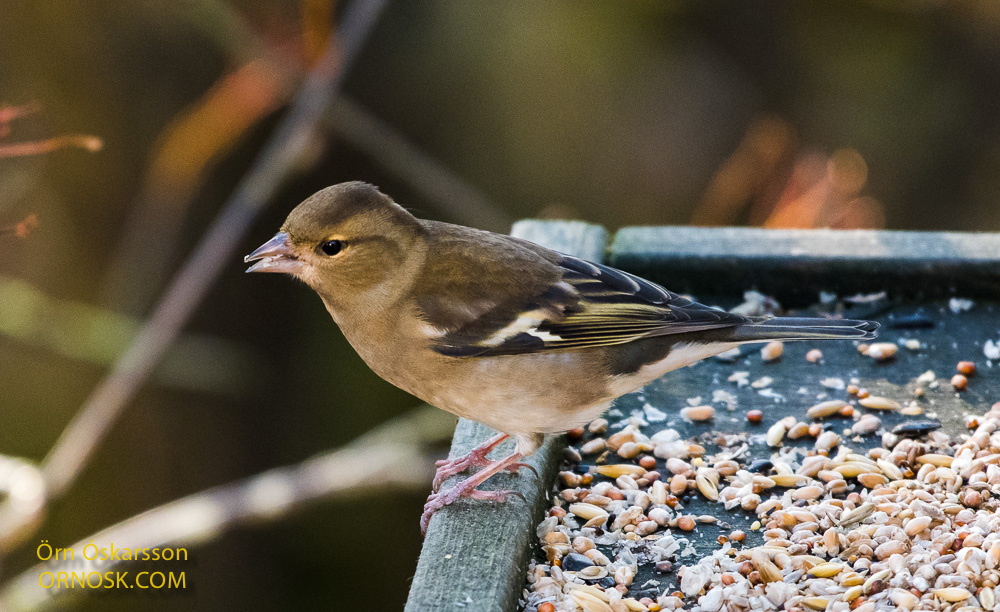
In October there was a feast in the garden. A lot of vagrants visited us and made our days happier. See captions under photoes.
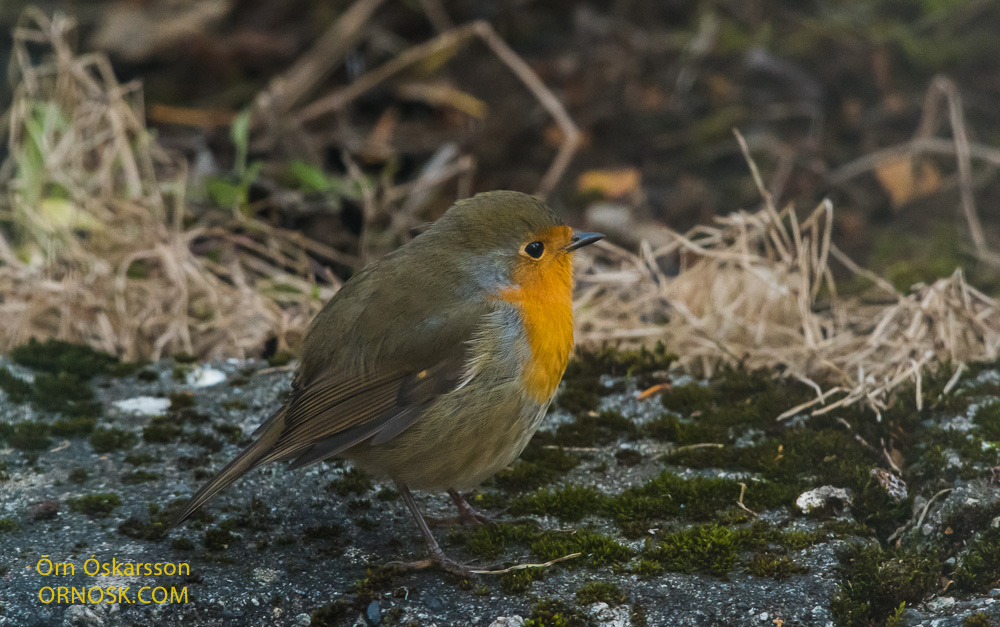
After heavy Southeast winds they were blown of course and ended here poor things.
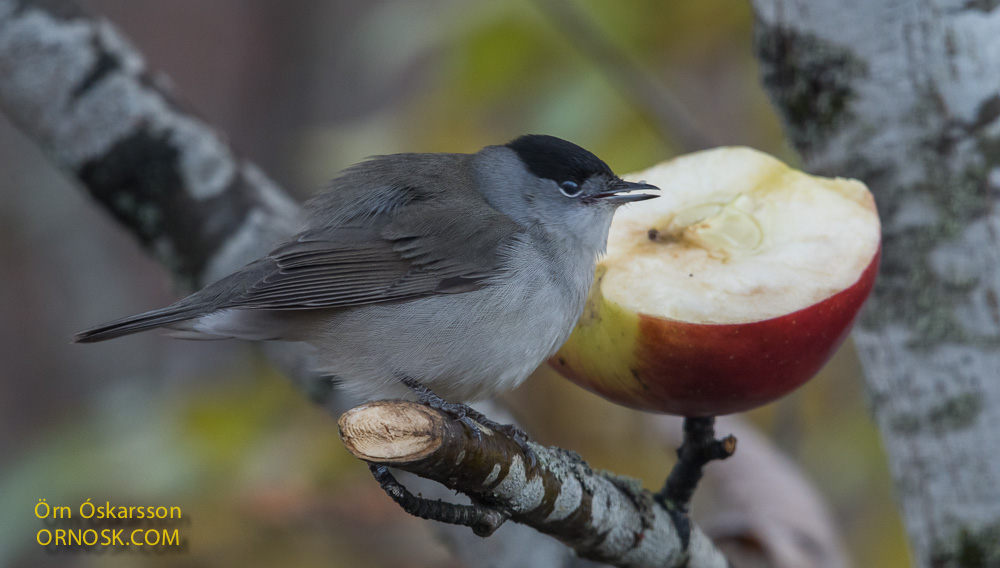
All them have by now left us despite the feed we put out every day. Most of them have probably left the country with favourable west winds going to their original destinations in warmer climates.
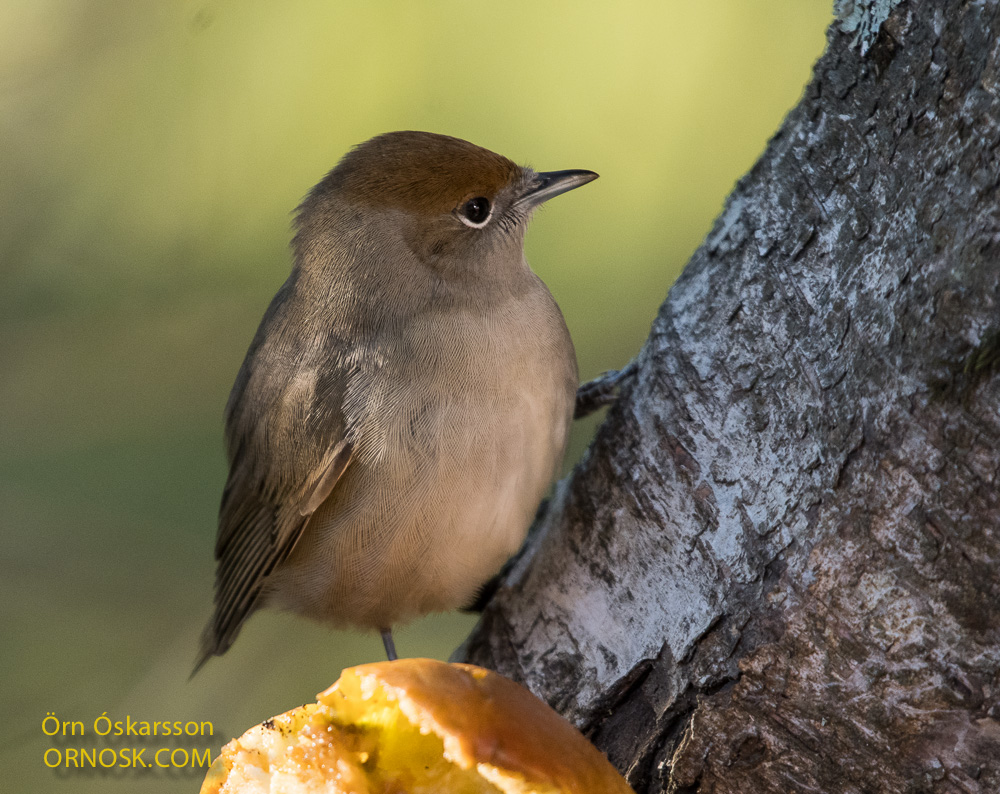
Now the garden is visited by Redpolls, Crossbills, Redwings, Fieldfares, Blackbirds, Waxwings and Rock Pigeons.
All the photoes are taken in October.
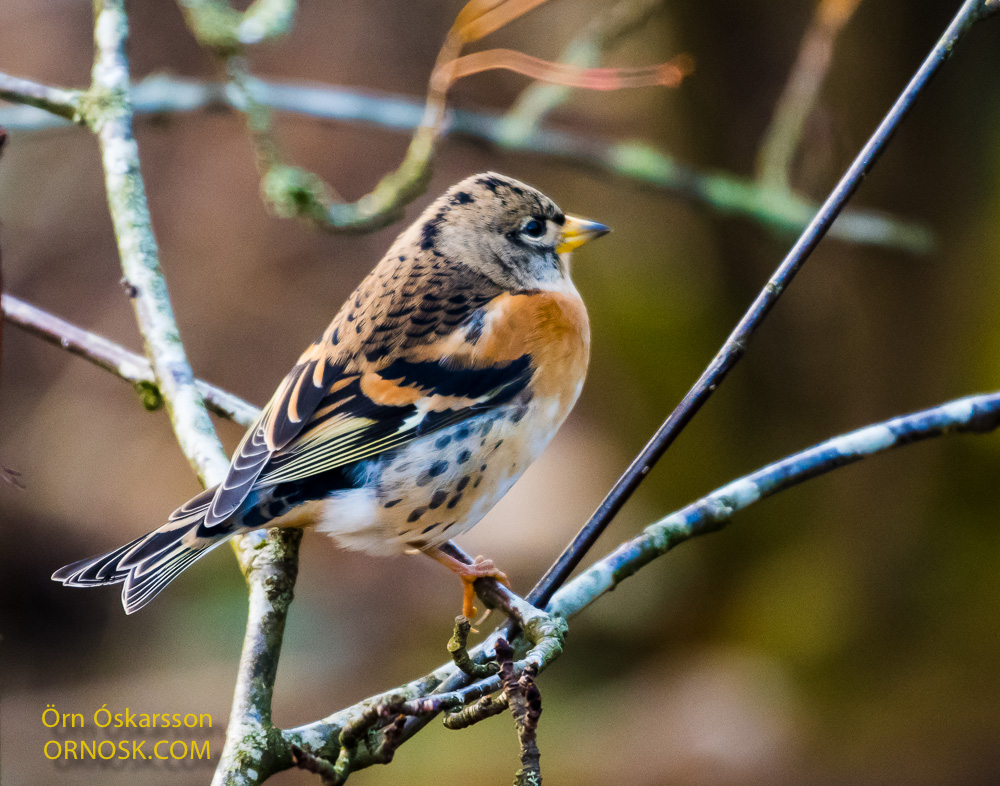
Happy holidays.
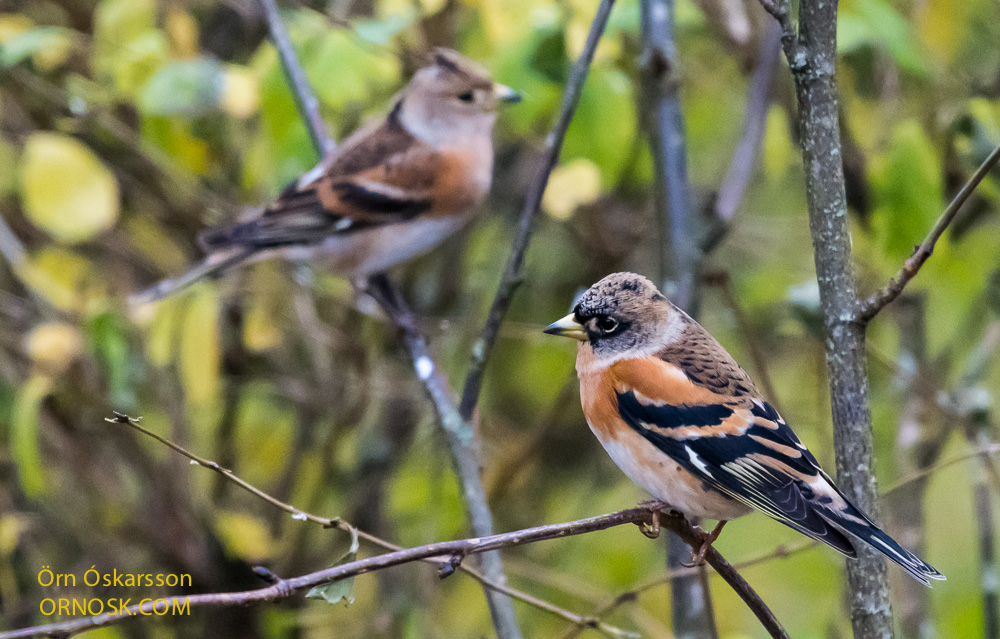
Among the great number of vagrants in Iceland now are Bramblings. They have been spotted in groups in most parts of the country. A lot of them reside in gardens where they find shelter and feed. They are beautiful and lively and should be able to survive the Icelandic winter easily given that they find feed.
Today there were 14 Bramblings in the garden. And of course we make sure that there is enough feed for them, mostly sunflower seeds.
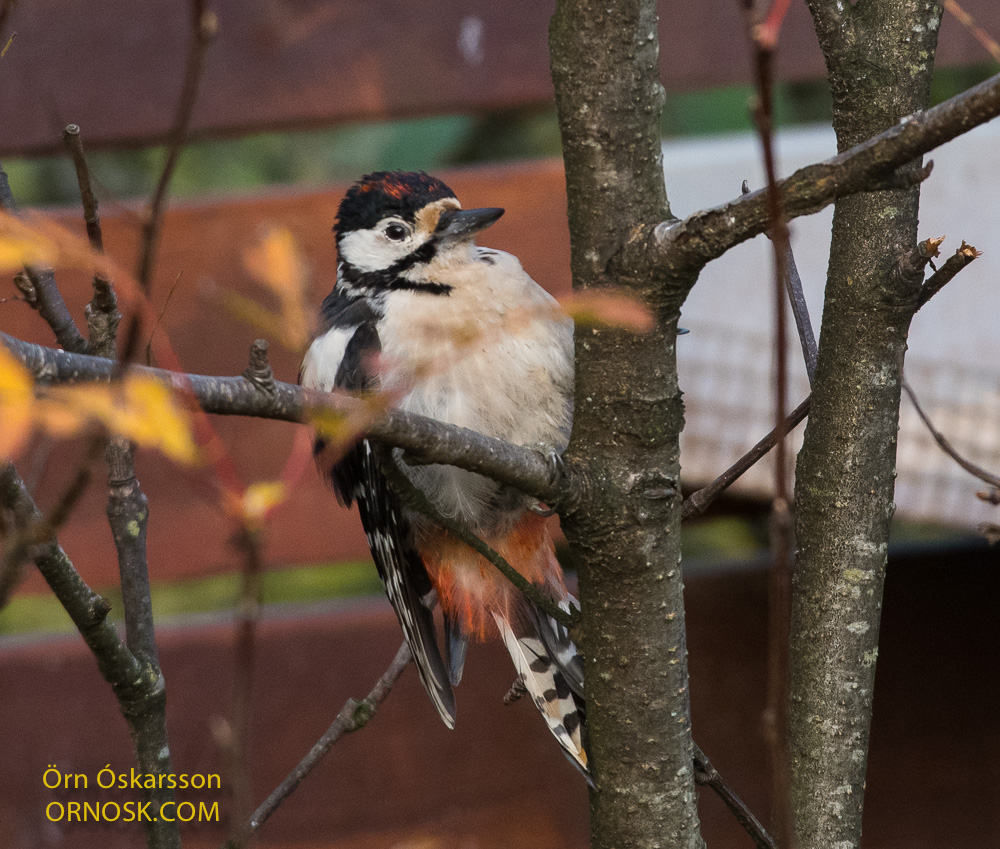
A lot of birds have been blown off way in heavy southeast winds. Many European and Asian species have ended up in Iceland. Among them are at least five Great Spotted Woodpeckers. Three of them were found in Southeast Iceland and the Eastfjords. Two in the Southwest (Reykjanes Peninsula), one of them in a birder’s garden in Grindavík.
Great Spotted Woodpeckers are resident birds that stay near their breeding grounds in winter. They are therefore very rare in Iceland.
They are common in woodlands in Europe, Asia and in North Africa.
The pictures are taken in a garden in Grindavík.
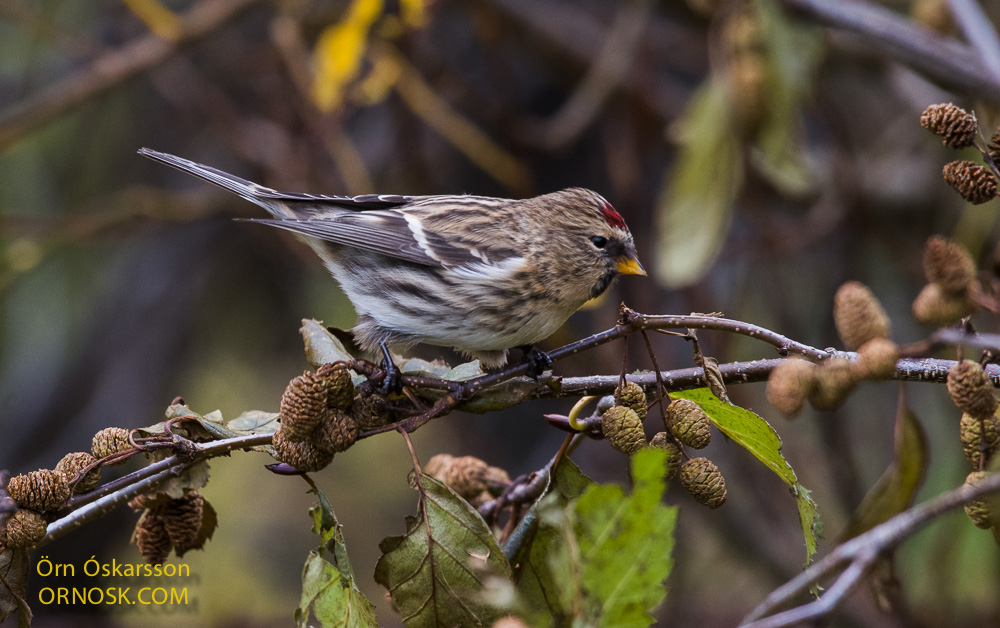
The Redpoll is a very common bird in woodlands in Iceland. It is the only original Icelandic woodland bird. Its main diet is insects and Birch seed. In the last decades it has gradually learnt to feed on seeds from other tree species in our fast growing forests.
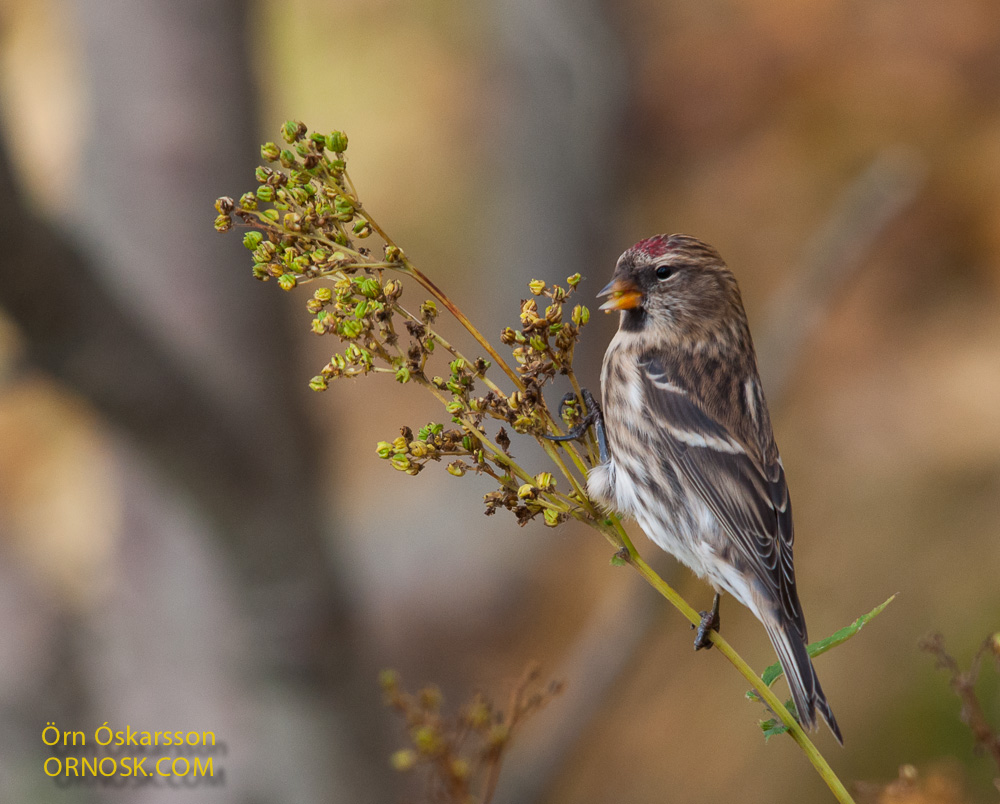
This autumn the Birch has failed to produce seeds here in the South for the second year in a row. This is also the case with seed production in Spruce trees this year.
Despite this there are a lot of Redpolls in search of feed in Hellisskógur by Selfoss. Their main feed this autumn seems to be seed from the Sitka alder (Alnus viridis ssp. sinuata) and from the plant Meadowsweet (Filipendula ulmaria). Both of these are common in Hellisskógur and form seeds every year.
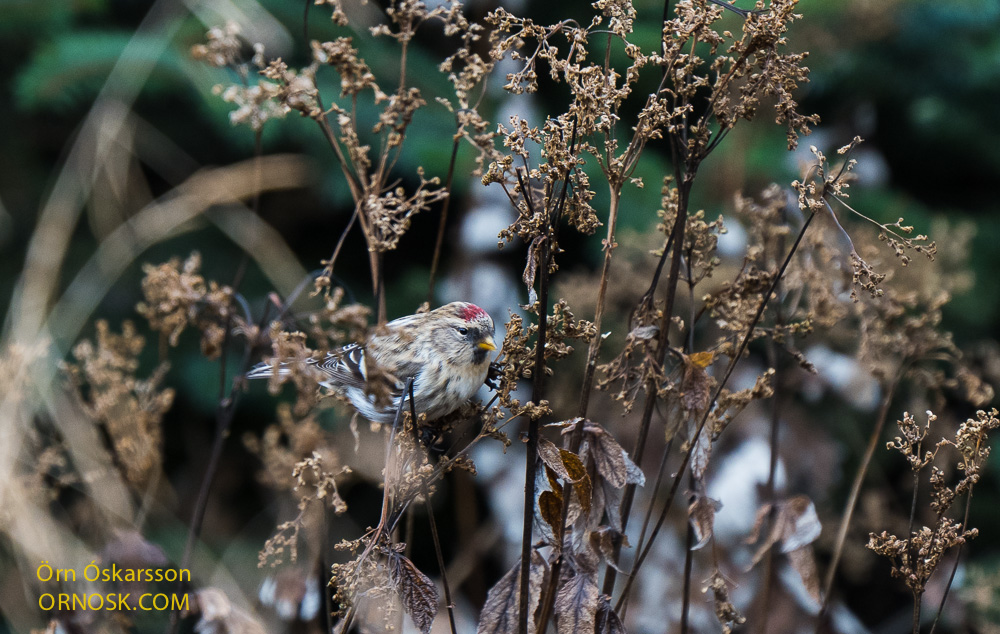
If there is shortage of feed for the Redpolls they are not shy to come into gardens and eagerly take to seed set out for them. If things are rough part of the stock might leave the country for southerly parts of Europe.
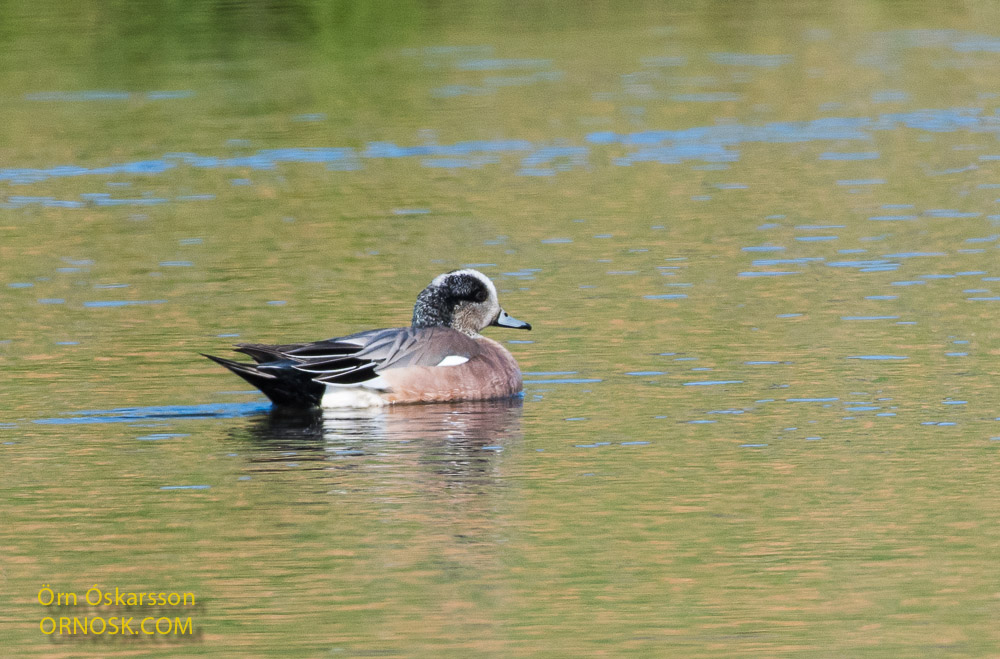
The Wigeon is quite common in Iceland but the American Wigeon is rare although an annual vagrant. Several are usually spotted every year. This male American Wigeon was spotted on a pond in Svalbarðseyri in Eyjafjörður for a few weeks in May and June.
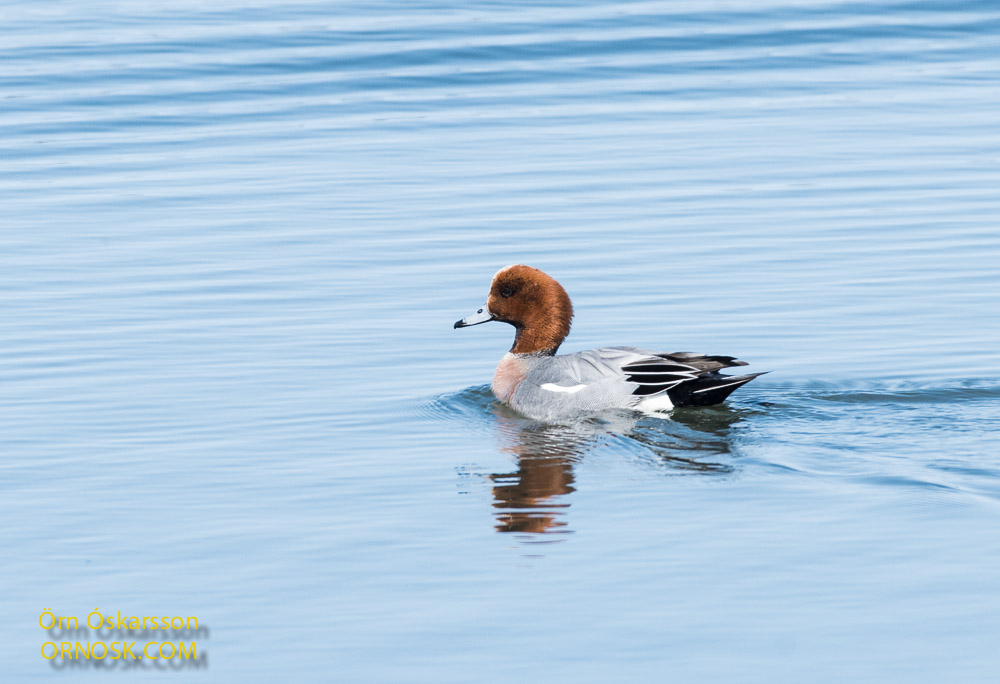
A part of the Icelandic stock of Wigeons overwinter on the East coast of North America. When returning to Iceland in the spring a few of their American cousins tag along to Iceland. These American cousins are an annual vagrants here.
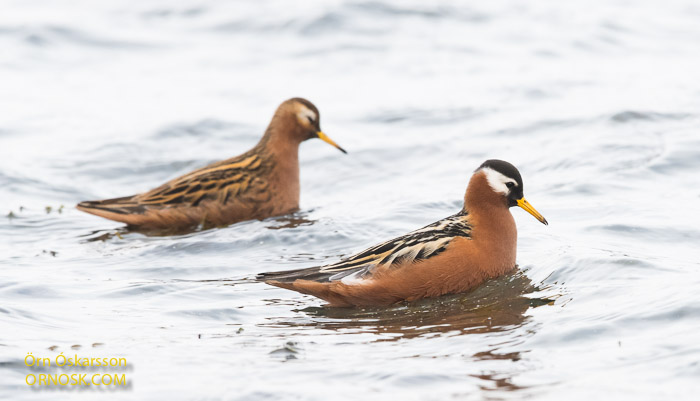
In the last week of May a group of Red Phalaropes were spotted by the southwest coast of Iceland. Sightings of this high Arctic bird are annual by the sea in Iceland but breeding is rare.
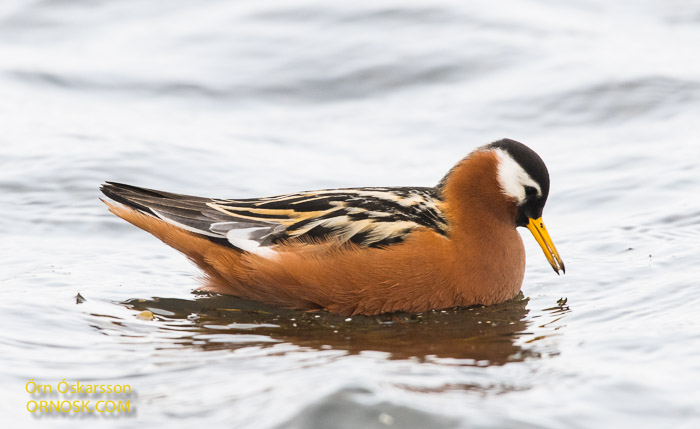
The Red Phalarope is common all around the Arctic where it breeds. It winters at sea in the tropical zone, mostly by the coasts of South America and Africa. In winter the Red phalarope changes colour and becomes grey and is called Grey phalarope.
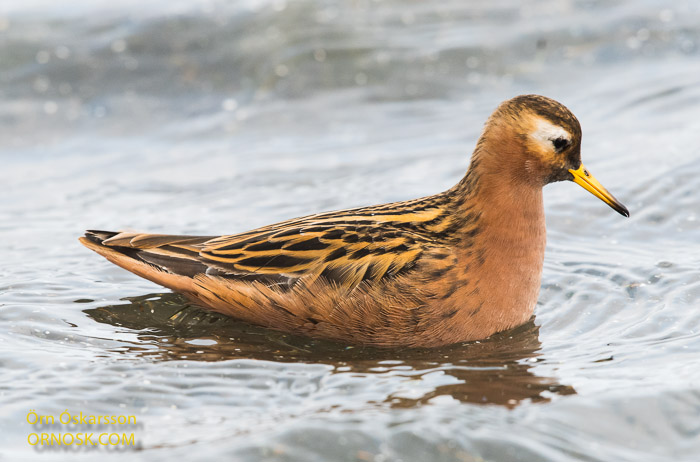
In the end of May Red Phalaropes could be seen by the harbour at Eyrarbakki looking for feed. They were quite tame and probably not used to the company of men.
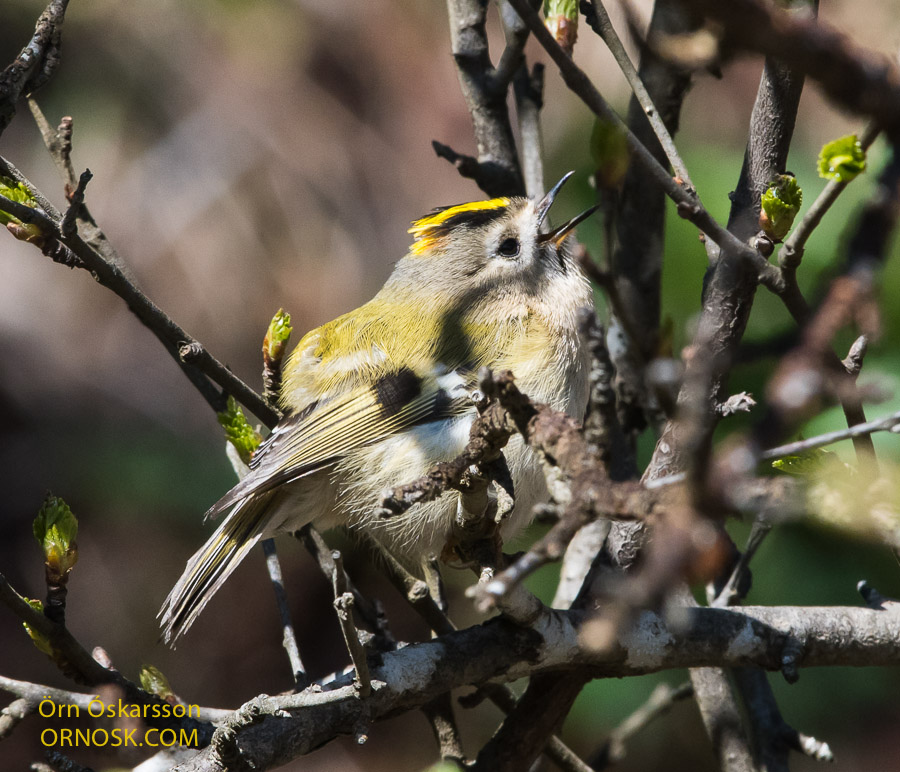
Despite the cold northern gale this week the Goldcrest sang loudly in Hellisskógur forest by Selfoss. But you need a good hearing to notice its high pitched voice. Spring is the time for mating and breeding. Singing loudly attracts others of its kind and hopefully this one has bred by now. The weather this winter and spring has not been favourable to these little birds who mostly depend on spiders and the eggs of insects for survival.
The Goldcrest, which is the smallest bird in Europe, was a vagrant in Iceland until 1995 when a flock of them got blown of course and they started breeding here. Now they are counted among Icelandic inhabitants. The Goldcrest can be found in most pine and spruce forests in Iceland.
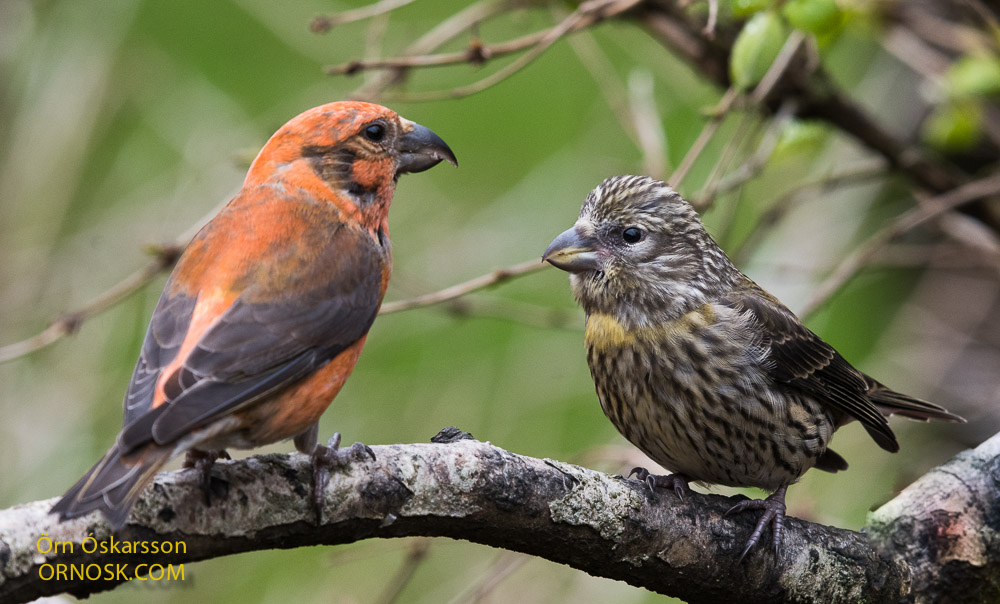
A Common Crossbill has bred in Hellisskógur forest by Selfoss this spring. In March they could be seen in the forest eating seeds from the Contorta Pines. In the beginning of April the male started coming to our garden on the south side of the river for feed. From then on he came here several times daily and could be seen going back to the forest on the northern side.
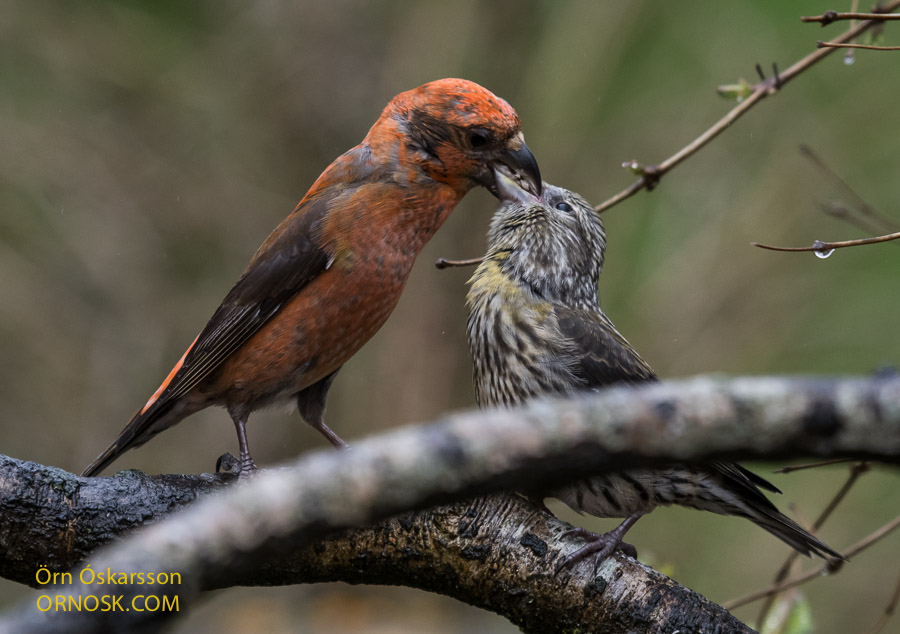
In the end of April a female bird sometimes came with him but then the male started coming alone sometimes accompanied by a hatchling. As time passed the hatchlings became three.
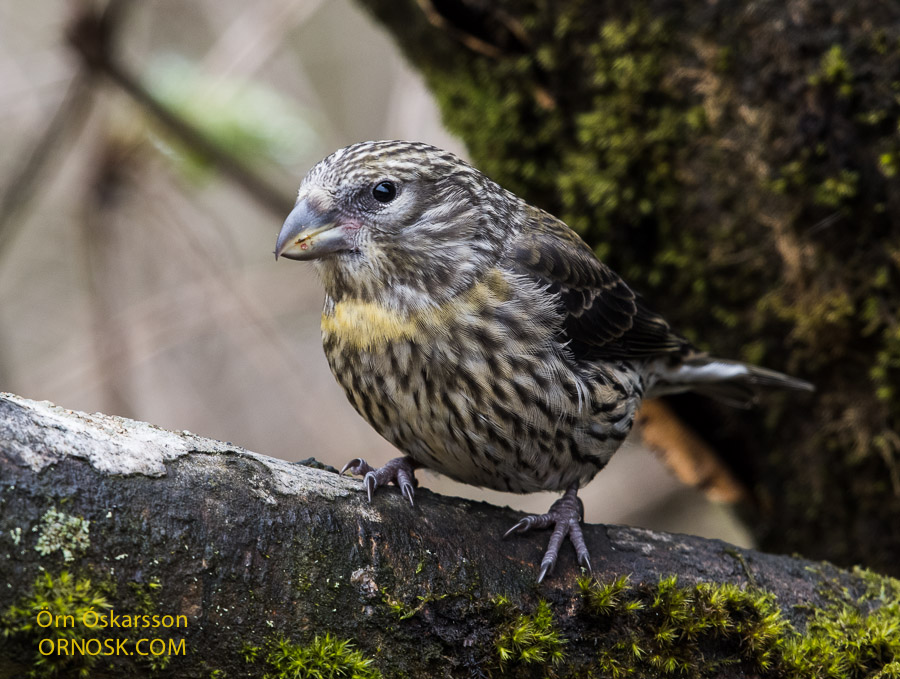
Watching the male feed the young ones is amazing. He vomits sunflower seeds into the hatchlings’ beaks. However, lately he has let them feed on their own. So perhaps he is breeding again.